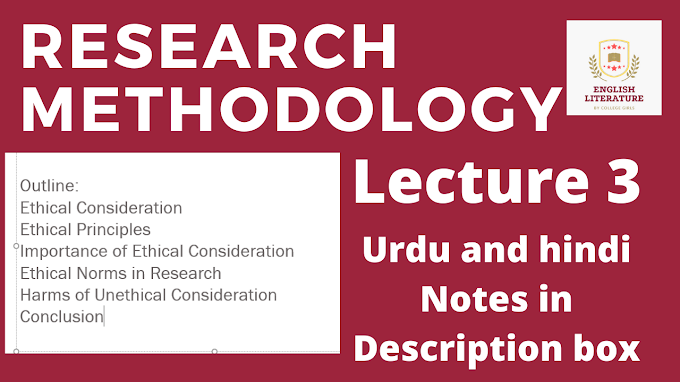Language: Language is a system of communication that uses symbols, such as words and gestures, to convey meaning. It is a fundamental aspect of human interaction and culture, serving as a tool for expressing thoughts, emotions, and sharing information.
Culture: Culture encompasses the shared beliefs, values, customs, practices, and social behaviors of a particular group of people. It includes the way people express themselves, their traditions, and the norms that guide their interactions. Culture influences various aspects of life, including language use.
Politeness: Politeness is a social behavior characterized by respectful and considerate communication. It involves using language and gestures in a way that reflects courtesy, sensitivity to others' feelings, and adherence to cultural norms. Politeness varies across cultures and is a crucial element in effective and harmonious communication.
Language Politeness: Language politeness refers to the use of words, expressions, and gestures to convey messages in a manner that is respectful and considerate. It involves choosing appropriate language forms based on social context, relationships, and cultural expectations. Politeness in language is essential for maintaining positive social interactions.
Examples of Politeness in Different Cultures:
- In some cultures, greetings may involve asking about well-being, like "How are you?" even if the speaker doesn't expect a detailed response.
- Refusal of an offer can vary; some cultures may decline politely multiple times before accepting.
- Address systems, such as using titles or specific pronouns, may convey respect and politeness.
Linguistic Politeness: Linguistic politeness is the study of how politeness is expressed through language. It involves analyzing speech acts, expressions, and communication strategies that convey respect, deference, or consideration for others. Different cultures may have distinct linguistic politeness norms.
Connection Between Politeness and Language: Politeness is closely connected to language as it involves selecting appropriate words, expressions, and tones to convey messages respectfully. The way individuals use language, including greetings, requests, and refusals, reflects their understanding and application of politeness norms.
Politeness and Culture: Politeness is deeply related to culture, as cultural norms shape the expectations for respectful communication. Different cultures may prioritize certain politeness strategies over others, influencing how individuals express themselves and interact with others.
Language and Cultures: Language and cultures are intertwined, with language serving as a key element in expressing and preserving cultural identity. The nuances of language use, including politeness, reflect cultural values and social norms.
Politeness in English Language: In the English language, politeness is expressed through various means, such as using polite forms (e.g., "please" and "thank you"), addressing individuals appropriately (using titles or formal pronouns), and being considerate in speech and writing. Politeness in English follows cultural norms but also has universal elements that transcend specific linguistic communities.



.png)


0 Comments
If You Have Any Doubts Let Me Know, Please Let Me Know.